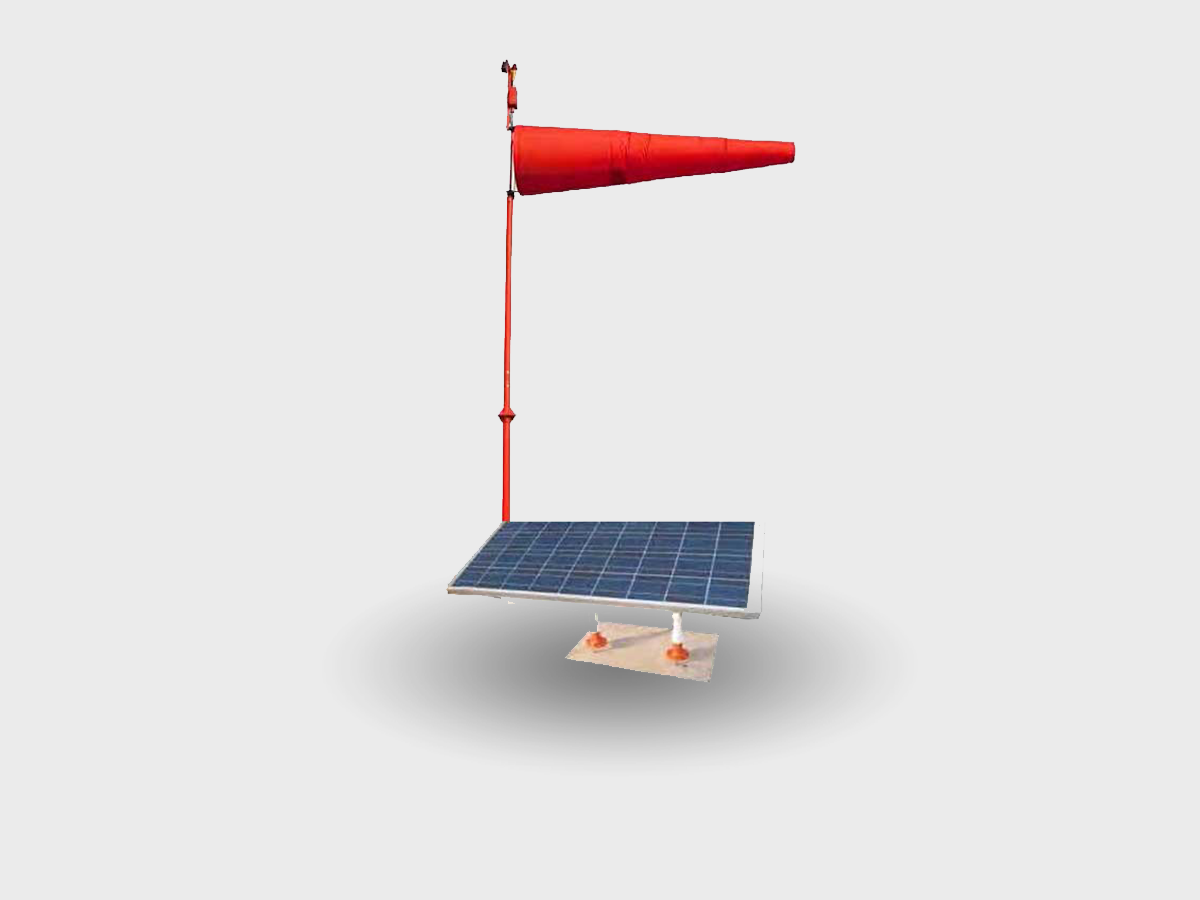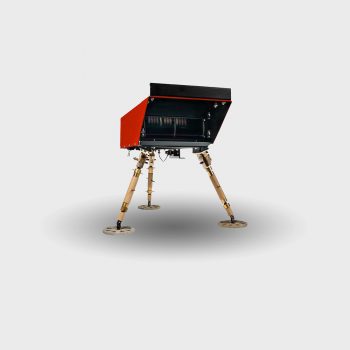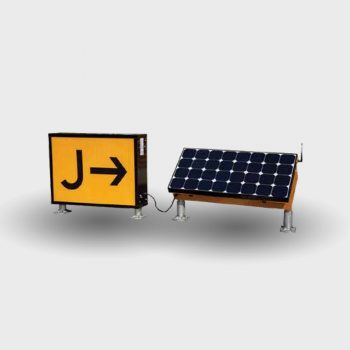Wind Cone
Cost-effective, low-maintenance solution for improving safety at temporary, permanent and emergency airports and heliports.
Flash Technology’s internally illuminated LED windsock uses proven solar technology to provide a flexible and adaptable wind direction indicator. The airport windsock installs quickly and requires minimal ongoing maintenance. Featuring crisp LED illumination, the airport wind cone improves the visibility of wind direction at night and in low-light conditions. Flash aviation windsocks come in both permanent and portable designs.
The lighted windsock is both FAA and ICAO compliant.
Designed to meet L-806(L) or L-807(L) per FAA AC 150/5345-27
Compliant with ICAO Annex 14 volume 1, 6th edition
Easy Installation and Relocation
Flash’s airport windsock requires no specialized work crews. It offers limited air traffic disruption and functions immediately upon installation. An optional Handheld Controller allows for wireless operation including mode changes for enhanced visibility in poor weather conditions up to 2.5 miles (4 km) away.
The aviation windsock should be installed according to FAA AC 150/5340-30. The solar power supply (SPS) should be installed on a level concrete pad between a minimum of 12 feet and a maximum 15 feet from the wind cone.
Rugged, Weatherproof Design
Sealed bearings for precision vaning and true wind direction in all types of weather and wind conditions. Additional bearing covers are provided for protection against dirt and moisture. The water-repellent and color-fast nylon sock is resistant to rot and mildew. Standard orange or white/orange striped aviation windsock.
Reliable Performance
The SPS provides power to the wind cone in a simple-to-install package. Nominal 10-day autonomy (operation without solar charging) ensures consistent performance with a minimum 5-year battery service life.
Operation
The operation of the wind cone is entirely dependent on the direction and relative velocity of the surface wind. Movement of the wind through the open throat of the cage and into the sock causes the tail to inflate. The tail of the inflated sock indicates true wind direction for velocities as low as three knots through a 360° circle about the vertical shaft.
Product Downloads




